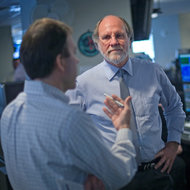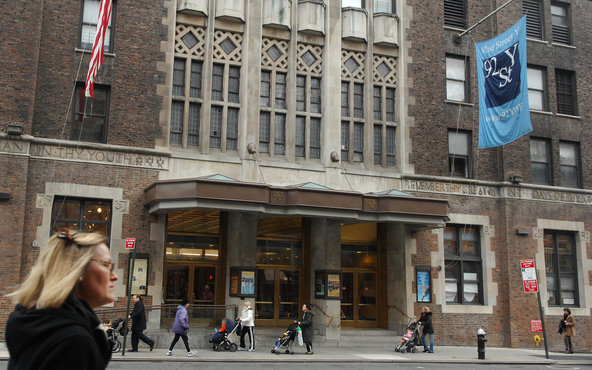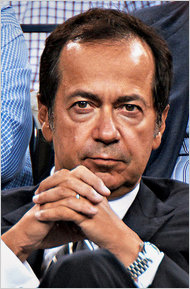The central banks announced that they would slash by roughly half the cost of an existing program under which banks in foreign countries can borrow dollars from their own central banks, which in turn get those dollars from the Fed. The banks also said that loans will be available until February 2013, extending a previous endpoint of August 2012.
“The purpose of these actions is to ease strains in financial markets and thereby mitigate the effects of such strains on the supply of credit to households and businesses and so help foster economic activity,” the banks said in a statement. The participants in addition to the Fed are the Bank of England, the European Central Bank, the Bank of Japan, the Bank of Canada and the Swiss National Bank.
The move makes clear that regulators increasingly are concerned about the strain that the European debt crisis is placing on financial companies, which are facing increasing difficulty in borrowing through normal channels the money that they need to fund their operations and obligations.
The European Central Bank borrowed $552 million through the existing facility during the week ending Nov. 23 to meet the liquidity needs of European banks. Data for the past week is not yet available.
On Wall Street, stocks raced ahead at the 9:30 a.m. start of trading in New York, an hour and a half after the announcement by the central banks. The Standard Poor’s 500-stock index, a measure of the broad market, rose 3.2 percent; European markets were up more than 3 percent in late trading.
Under the new terms of the program, the existing interest rate premium of 0.1 percentage points on those loans will be reduced by half, to 0.05 percentage points, effective Dec. 5.
The other central banks said they had also agreed to make similar loans of their own currencies as necessary, but they noted that the only extraordinary demand at present was for dollars.
Stocks surged after the action was announced, with European markets up more than 4 percent in afternoon trading, while United States stock futures were up sharply.
“U.S. financial institutions currently do not face difficulty obtaining liquidity in short-term funding markets. However, were conditions to deteriorate, the Federal Reserve has a range of tools available to provide an effective liquidity backstop for such institutions and is prepared to use these tools as needed to support financial stability and to promote the extension of credit to U.S. households and businesses,” the Fed said in its statement.
Article source: http://feeds.nytimes.com/click.phdo?i=aaebecba830bac80cf2e6d7c0ffd409d



